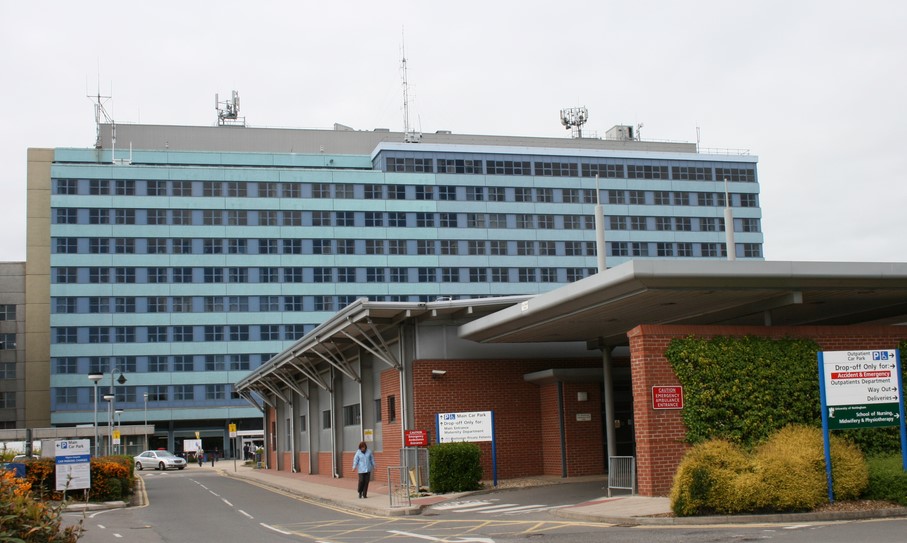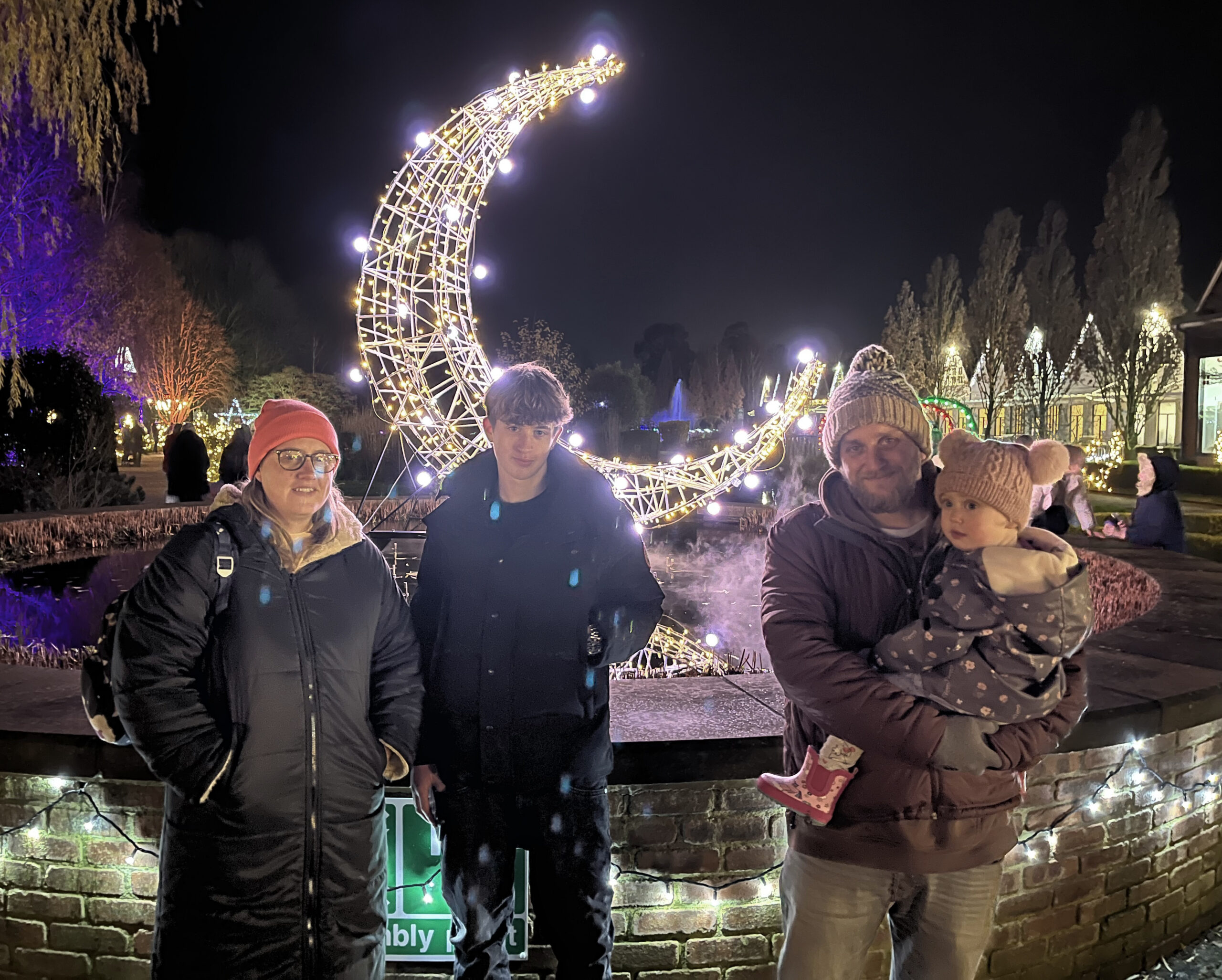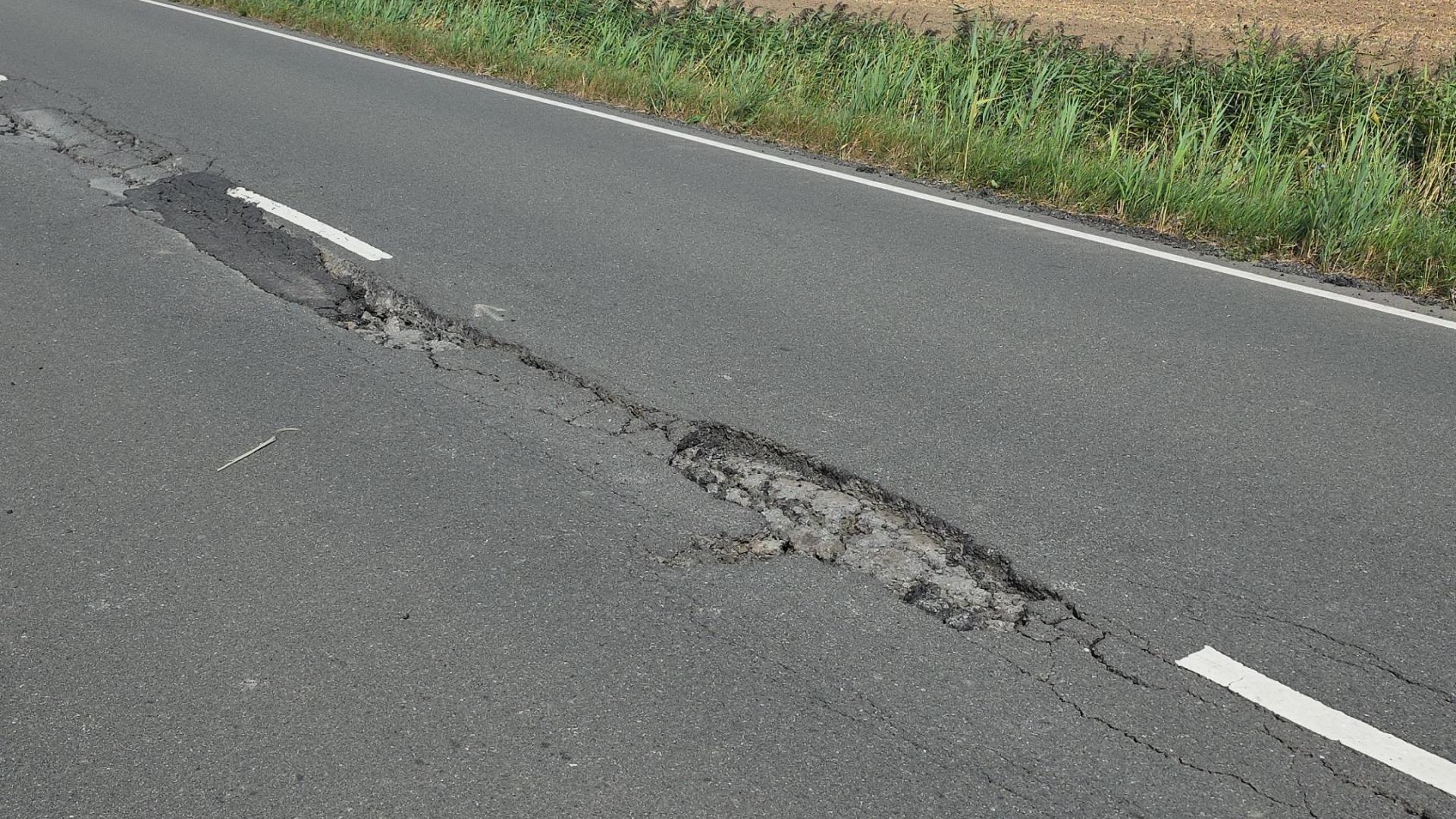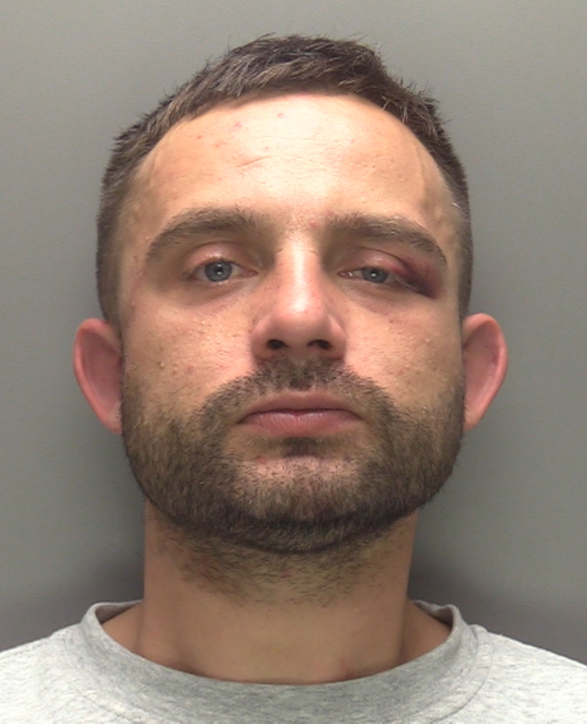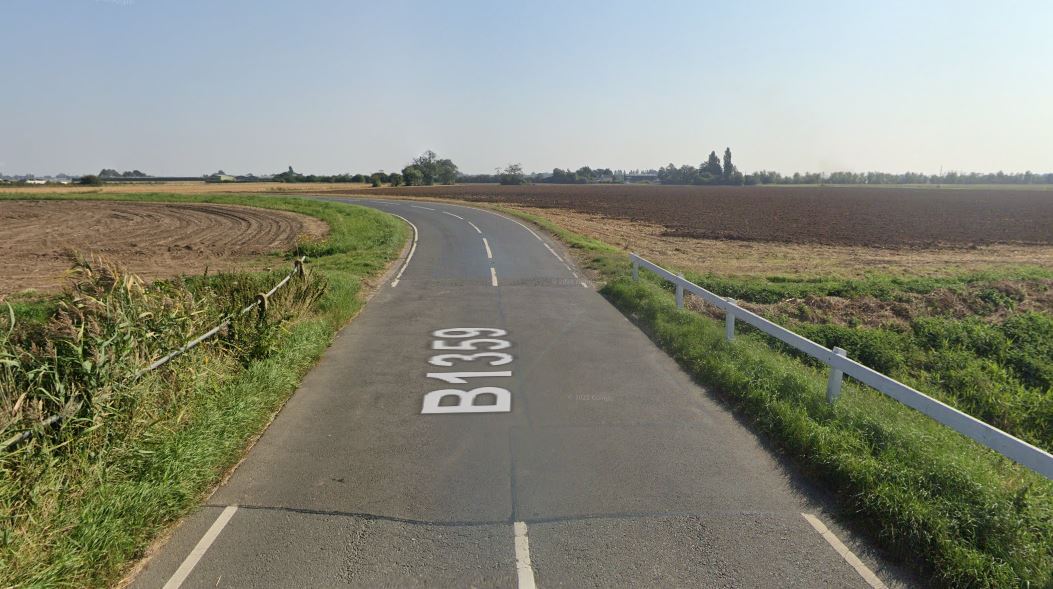For the next two weeks, John Tippler remembers the Second World War.
I was ten when the war began. Young people got the first indication that war was something real when gas masks were distributed in 1938.
They were fitted and issued in temporary places around the town – in our case a classroom at the Council School in Westlode Street.
A neighbour set up a green-coloured gas-detector board on a post in his garden.
For some time the masks just sat on a shelf in their cardboard boxes.
When the war began, we had to carry them around, and most people bought tins or bags to hold them. With the passage of time – and no appearance of gas – we stopped carrying the masks and the detector board never changed colour.
Early in 1939, more planes began to appear in the sky, including the odd Spitfire or Hurricane. In the Council School playground, we adopted allegiances: ‘Spitfires are best!’, ‘No they’re not, Hurricanes are best!’.
Behind the infant school – roughly where the backyard of the present police station is – concrete air raid shelters were built, and there was a brick-built one opposite the school on Westlode Street.
When war came, we were given simple cautions by our teacher, such as what to do if an air raid occurred.
Geoff Dodd was given the task of sticking gummed brown paper strips in a grid on the classroom windows, to reduce the risk of flying glass if a bomb dropped nearby.
Then a trainload of evacuees arrived. All curious, some of us went to see them getting off the train and assembling in a long line in the station yard, and gradually disappearing to assigned lodgings.
For a short time, we had to share schoolrooms with evacuees, who had their own teachers. We had the room in the morning, and they in the afternoon.
We didn’t get time off on those afternoons though; our teacher – Mr Coulson – led us on long country walks to destinations like Burr Lane –where we tried to catch sticklebacks in a ditch – or Jobson’s Bridge – where nearby woods provided scope for hide and seek and trying to evade the teacher.
Eventually, many of the evacuees went back home, and the rest were absorbed into our classes.
Spalding was bombed several times. It was assumed that the large railway yard perhaps gave the appearance of an industrial town or else that bombs were just being unloaded when the intended target had not been found.
The reason didn’t matter –it made no difference to the effect.
The biggest raid, in May of 1941, was the fire-bomb raid on the town centre.
Pennington’s large shop and adjacent buildings were burnt right down.
So was Boots, then on the south-east side of the Hole-in-the-Wall, and Woolworth’s in Bridge Street, along with adjacent Ashwells stationers on one side and Cawthorne’s chip shop on the other.
The Liberal Club in the Crescent was destroyed, and many other premises had lesser damage.
The newly-opened telephone exchange in Gore Lane received fire bombs on its roof, but they were quickly extinguished by engineers and left only scorch marks.
On the same night, explosive bombs were dropped too, one of them killing a man on Welland Road.
From our house in Pinchbeck Street, we watched the flames leaping high in the sky, and I was disgruntled because my father would not allow us to go up town to watch the spectacle.
The fire brigade did its best, but was overwhelmed with the scale of the fires, and couldn’t save the major buildings, which smouldered on for days.
I don’t remember the dates of other raids.
One night we were woken with loud bangs when five bombs were dropped in Mr D’Alcorn’s field, next to the railway and King’s Road footbridge.
Nobody was hurt, but the nearby house lost many windows.
On another occasion, I believe a Sunday afternoon, two twin-engined aeroplanes were heard approaching the town one after the other, while exchanging sporadic machine gun fire.
The front one was a German bomber, the follower a British Beaufighter. As did many others, I stood outside the house and watched. As the planes reached the town, the German began to circle over it with the Beaufighter following.
Gunfire continued with no apparent effect and the fighter could not catch the bomber.
After three or four circles, a stick of four or five bombs was dropped over the east side of the town and the German made off, with the Beaufighter following ineffectively.
Possibly it was in that raid that damage was done in Alexandra Road and Stonegate, where a woman was killed.
I don’t remember in which raid, but a high explosive bomb destroyed the very large and magnificent cage in Ayscoughee, which – from memory – held an artificial ‘mountain’, trees/shrubs, water, several peacocks, pheasants and various other birds and animals.


